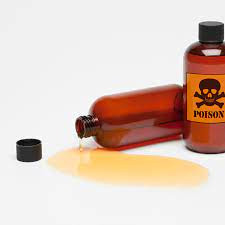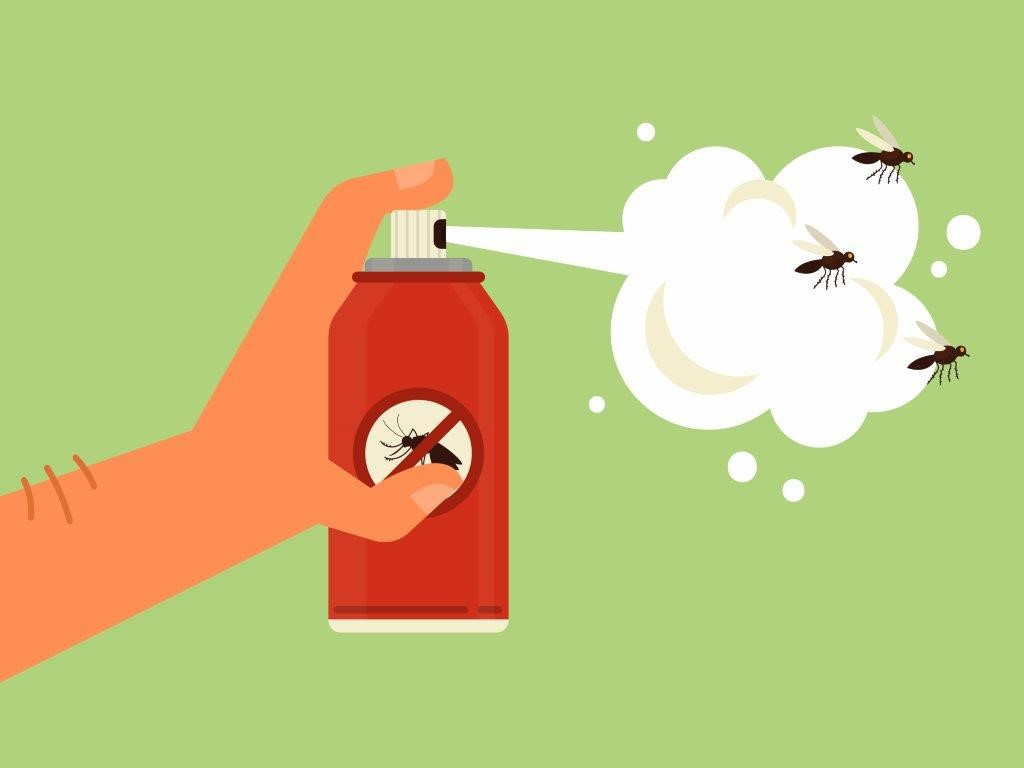Definisi
Keracunan bisa ular merupakan suatu kondisi yang berpotensi mengancam nyawa yang diakibatkan oleh racun yang terdapat di dalam bisa ular. Keracunan bisa ular juga dapat disebabkan oleh bisa ular tertentu yang disemprotkan ke mata manusia sebagai bentuk perlindungan. Setiap tahun, terdapat 4,5-5,4 juta orang di seluruh dunia digigit ular. Dari angka ini, sekitar 1,8-2,7 juta mengalami gejala tertentu dan 81.000-138.000 meninggal akibat komplikasi.
Penyebab
Keracunan bisa ular terjadi ketika ular berbisa (pada umumnya ular beludak) merasa terpojokkan atau terganggu oleh keberadaan manusia. Studi sebelumnya menunjukkan bahwa kebanyakan kasus keracunan bisa ular terjadi akibat kontak dengan ular berbisa secara disengaja. Namun, ada juga orang-orang yang tidak menyadari bahwa ada ular di dekatnya sebelum tergigit. Ular beludak dapat dikenali dengan adanya lengkungan di antara mata dan lubang hidungnya, yang berfungsi untuk mendeteksi panas dari lingkungan sekitarnya, termasuk untuk membedakan makhluk hidup dan bukan makhluk hidup.
Bisa ular mengandung berbagai zat protein dan nonprotein. Banyak di antaranya pula mengandung zat-zat yang dapat menghancurkan sel-sel kulit dan otot. Komponen bisa lainnya dapat menyebabkan gangguan pembekuan darah: darah bisa bergumpal lebih cepat atau bahkan sulit menggumpal. Setiap ular memiliki kandungan racun yang berbeda-beda tergantung spesiesnya. Racun yang berbeda ini dapat menyebabkan pengumpulan trombosit sehingga mempercepat penggumpalan darah, menghambat kerja saraf sehingga menyebabkan kelumpuhan dan kelemahan anggota tubuh, atau menyebabkan pembengkakan wajah dan tekanan darah rendah. Beberapa racun lainnya dapat memicu reaksi alergi sehingga pembuluh darah melebar dan bisa semakin tersebar ke bagian tubuh lainnya.
Faktor Risiko
Biasanya, keracunan bisa ular terjadi pada laki-laki, terutama yang berinteraksi dengan ular. Apabila interaksi ini dilakukan secara disengaja, biasanya bekas gigitan ular dapat ditemukan di lengan. Selain itu, faktor risiko lainnya dapat berupa :
- Memelihara ular berbisa.
- Tinggal di daerah pedesaan. Di lingkungan pedesaan, gigitan ular terjadi pada petani atau pekerja yang tidak sengaja menginjak atau mengganggu ular di ladang atau sawah sehingga bekasnya ditemukan pada tungkai, atau di kepala dan badan akibat tidur di atas tanah.
- Orang yang bekerja di pantai.
- Gigitan ular sering terjadi di daerah tropis, namun seringkali pula terjadi pada musim panas di daerah subtropis.
Anak-anak yang sudah bekerja juga menjadi salah satu faktor risiko keracunan bisa ular. Ketiadaan akses pendidikan dan fasilitas kesehatan memadai menjadi faktor risiko keracunan bisa ular tidak tertangani. Tidak hanya itu, faktor budaya yang mengutamakan pengobatan tradisional serta hambatan bagi wanita untuk mencari pertolongan medis juga menjadi faktor risiko komplikasi keracunan bisa ular.
Gejala
Gejala umum yang dapat ditemukan pada orang yang baru mengalami gigitan ular adalah :
- Adanya luka tusuk berjumlah dua dengan jarak berdekatan
- Bengkak dan merah di sekitar luka
- Nyeri pada area gigitan
- Kesulitan bernapas
- Mual dan muntah
- Penglihatan kabur
- Berkeringat dan mengeluarkan liur banyak
- Kelumpuhan pada wajah dan anggota gerak tubuh.
Beberapa racun lainnya dapat menyebabkan reaksi alergi seperti ruam, pembengkakan pada wajah, sesak napas, dan penurunan tekanan darah.
Diagnosis
Keracunan bisa ular biasanya diawali dengan gigitan ular. Oleh karena itu, seluruh gigitan ular sebaiknya dianggap sebagai kegawatdaruratan yang harus segera ditangani. Jika Anda atau orang di sekitar Anda digigit ular, sebaiknya Anda fokus untuk mencari pertolongan pertama dan mencatat waktu gigitan terjadi serta ciri-ciri ular yang menggigit (pemotretan dapat dilakukan hanya jika memungkinkan untuk mempermudah terapi). Apabila tenaga medis sudah datang, jangan membawa ular tersebut karena ular yang sudah mati pun masih memiliki bisa beracun. Pencatatan waktu gejala muncul juga sangat penting.
- Wawancara mendalam (anamnesis). Dokter akan menanyakan riwayat pengobatan dan alergi, serta riwayat gigitan ular sebelumnya dan apakah ditangani dengan antivenom atau tidak.
- Pemeriksaan fisik. Tenaga kesehatan akan memastikan jalan napas bebas (airway) karena keracunan bisa ular sangat mungkin menyebabkan alergi dan mempersempit jalan napas, serta memeriksa kecukupan napas (breathing) dan peredaran darah (circulation). Pemeriksaan tanda-tanda vital seperti tekanan darah, denyut nadi, suhu, dan laju napas juga akan dilakukan. Pemeriksaan terhadap luka gigitan juga akan dilakukan secara berkala. Pemeriksaan saraf dan jantung biasanya akan dilakukan untuk mengetahui adanya efek dari bisa ular terhadap sistem tersebut.
- Pemeriksaan laboratorium seperti pemeriksaan darah lengkap, gula darah, elektrolit darah, fungsi ginjal, pembekuan darah, dan zat penanda kerusakan organ akan dilakukan. Apabila ada tanda-tanda keracunan pada seluruh tubuh, pemeriksaan fungsi hati, pemeriksaan kencing, golongan darah dan kecocokan terhadap donor, serta analisis gas darah akan dilakukan.
- Pemeriksaan pencitraan pada umumnya tidak perlu dilakukan. Foto rontgen dapat dilakukan apabila ada kecurigaan taring yang tertinggal. Rontgen dada dapat dilakukan apabila pasien mengeluhkan sesak napas. Ultrasonografi (USG) dapat dilakukan apabila ada kecurigaan penyumbatan pembuluh darah.
Tata Laksana
Sebelum dibawa ke rumah sakit, ada beberapa hal yang dapat Anda lakukan:
- Panggil bantuan tenaga medis secepat mungkin sambil mengamankan korban jauh dari ular
- Catat waktu gigitan terjadi beserta gejala yang muncul
- Tetap tenang dan tidak bergerak karena gerakan dapat mempercepat peredaran bisa ke seluruh tubuh
- Lepaskan pakaian atau perhiasan yang ketat karena daerah sekitar bekas gigitan kemungkinan besar akan membengkak
- Korban sangat tidak disarankan untuk berjalan kaki. Perpindahan sebaiknya menggunakan kendaraan
- Jangan bunuh atau tangani ular penggigit. Pemotretan sebisa mungkin dilakukan, namun jangan menghabiskan waktu untuk membunuh ular
- Jangan lakukan apapun pada luka termasuk memotong atau berusaha menyedot bisa dari luka, karena dapat memperparah kondisi.
- Jangan berikan es pada luka atau memberikan korban minuman beralkohol
Saat sampai di fasilitas kesehatan, pemasangan infus akan menjadi prioritas untuk mengalirkan cairan ke dalam tubuh korban. Dokter juga akan memutuskan apabila korban membutuhkan antivenom ataupun tidak berdasarkan keparahan gejala. Pembersihan luka juga sebaiknya dilakukan oleh tenaga medis terlatih. Apabila terjadi komplikasi, pembedahan dapat dipertimbangkan. Suntikan untuk mencegah tetanus juga akan dilakukan. Pemantauan korban dapat dilakukan selama minimal 12-24 jam.
Stabilisasi keadaan pasien untuk memperbaiki gejala peredaran darah atau saraf dapat dilakukan. Pemberian antinyeri juga dapat dilakukan karena bekas luka gigitan biasanya menyebabkan nyeri hebat. Selama rawat inap hingga seminggu setelah mulai rawat jalan, sebaiknya korban jangan mengangkat benda atau menahan beban pada bagian yang terkena gigitan.
Komplikasi
Keracunan bisa ular dapat menyebabkan :
- Gangguan pembekuan darah
- Syok (kegagalan fungsi organ akibat tidak efektifnya peredaran darah)
- Gagal napas
- Gagal ginjal akut
- Infeksi kulit sekitar luka gigitan
- Sindroma kompartemen (penekanan saraf dan pembuluh darah akibat pembengkakan).
Antivenom dapat mencegah kerusakan jaringan namun tidak dapat mengembalikan jaringan yang sudah rusak, namun untungnya kerusakan jaringan sekitar luka gigitan biasanya terjadi dekat permukaan kulit dan dapat pulih seperti semula.
Pencegahan
Keracunan bisa ular dapat dicegah dengan :
- Menghindari ular di alam bebas
- Menjauhi tempat ular biasa bersembunyi seperti rerumputan tinggi, tumpukan dedaunan, batu, dan tumpukan kayu
- Jika Anda tidak sengaja menemukan ular, berikan ular tersebut waktu dan tempat untuk menyingkir dan bersembunyi, karena sifat asli ular adalah menghindari interaksi.
- Apabila Anda bekerja di daerah yang kemungkinan ada ularnya, gunakan sepatu bot tinggi, celana panjang, dan sarung tangan kulit
- Hindari bekerja di luar saat malam hari dan cuaca hangat, karena pada saat itulah ular biasanya aktif
Kapan Harus ke Dokter?
Segeralah ke dokter apabila Anda atau orang di sekitar Anda baru saja tergigit ular. Seluruh gigitan ular sebaiknya dianggap sebagai gigitan ular berbisa. Sempatkan untuk memotret ular tersebut, namun jangan habiskan waktu untuk membunuh ularnya. Pastikan Anda dan orang di sekitar Anda tenang, tidak banyak bergerak, dan aman dari jangkauan ular sebelum pertolongan datang atau sebelum sampai di fasilitas kesehatan terdekat.
Mau tahu informasi seputar penyakit lainnya? Cek di sini, ya!
- dr Nadia Opmalina
Greene, S. (2021). Snakebite: Background, Pathophysiology, Etiology. Retrieved 6 January 2022, from https://emedicine.medscape.com/article/168828-overview
Marcin, J. (2018). Snake Bites: Types, Symptoms, and Treatments. Retrieved 6 January 2022, from https://www.healthline.com/health/snake-bites
Meyers, S., & Tadi, P. (2022). Snake Toxicity. Retrieved 6 January 2022, from https://www.ncbi.nlm.nih.gov/books/NBK557565/
Snakebite envenoming. (2021). Retrieved 6 January 2022, from https://www.who.int/news-room/fact-sheets/detail/snakebite-envenoming












